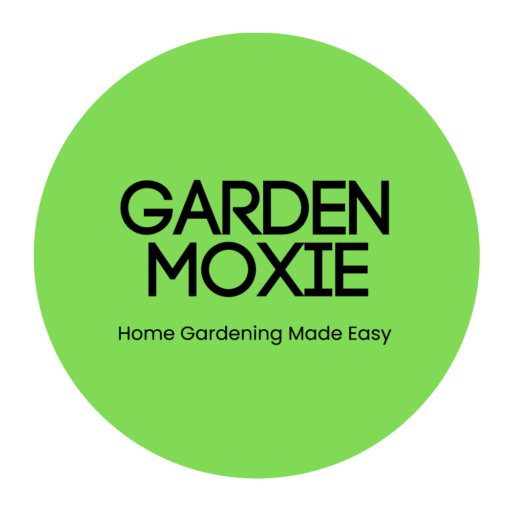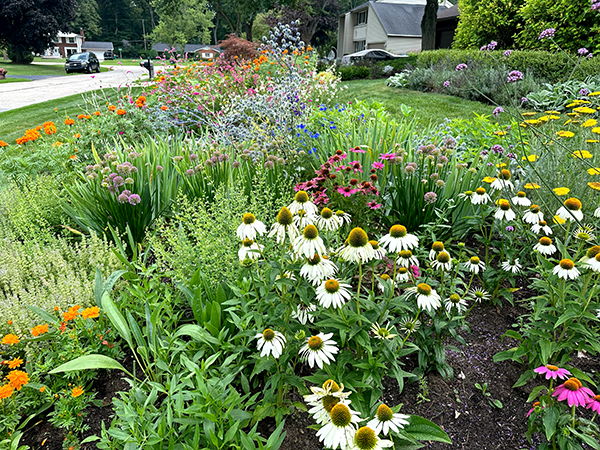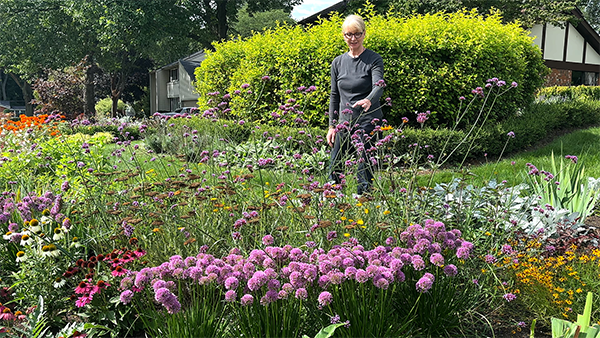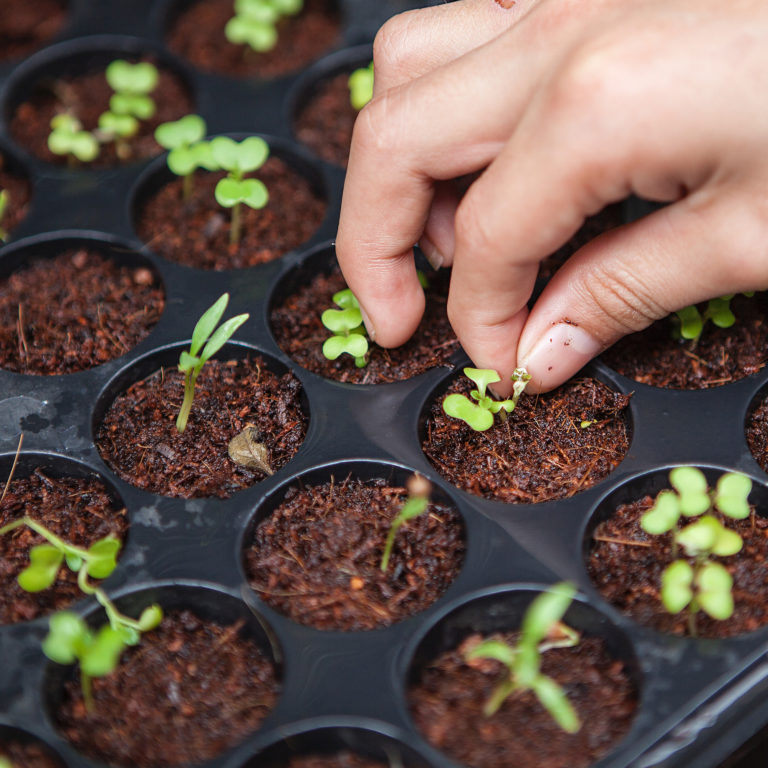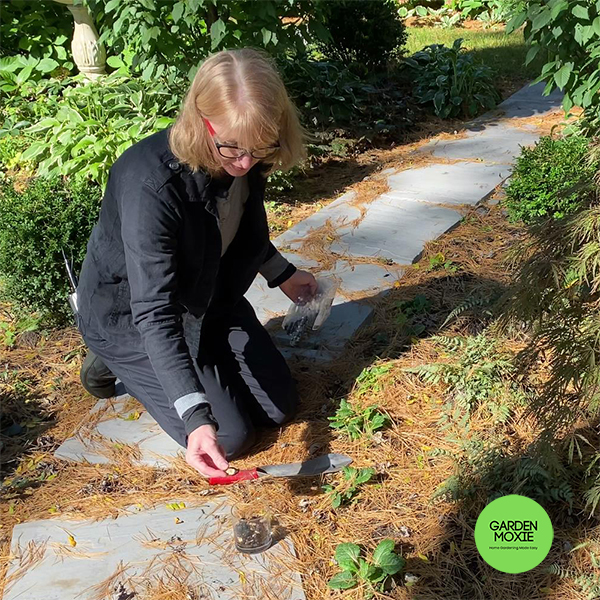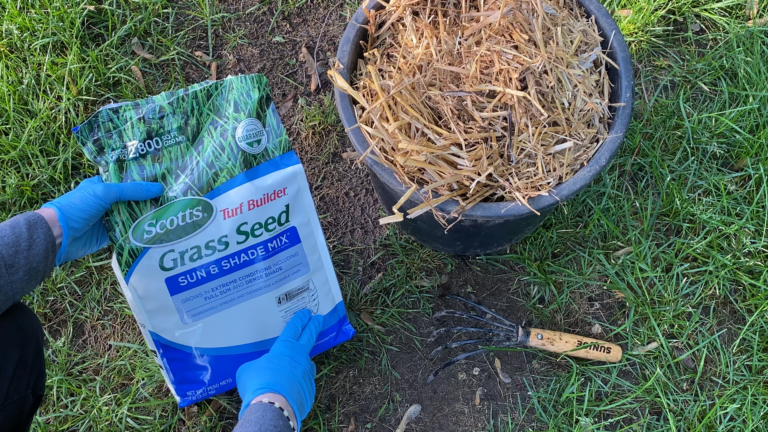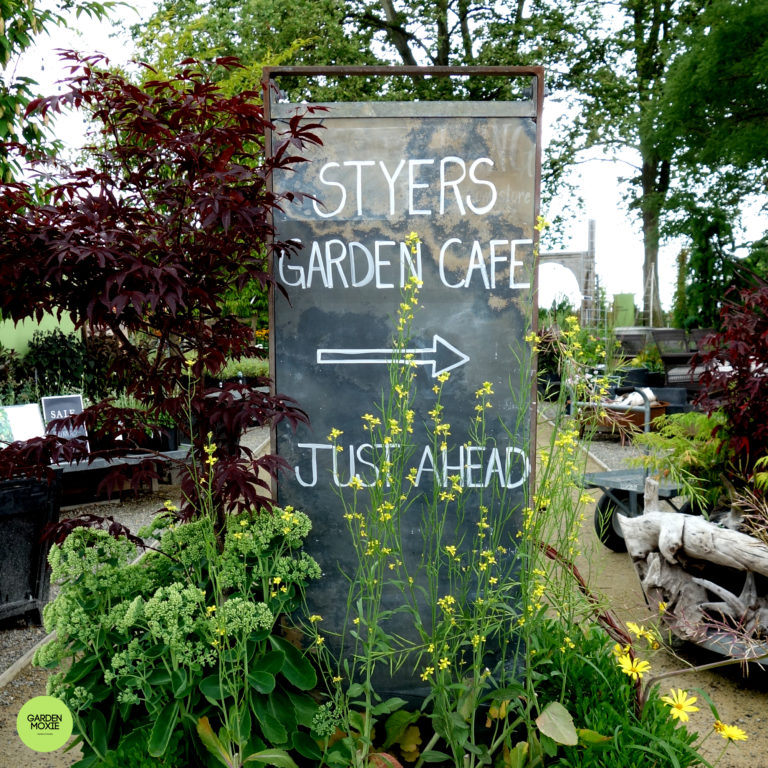Building a Pollinator-Friendly Flower Garden
Building a pollinator-friendly flower garden improves biodiversity and supports pollinators. Plus, flowers look prettier than turf in my opinion.
My garden attracts a wide array of pollinators, from bees and butterflies to hummingbirds. I was amazed at the number of critters buzzing in the garden all summer long.
In this blog post, I’ll explore the steps to create a thriving pollinator-friendly garden, removing more turf in my front garden and growing most of the plants from seed.
It’s time to roll up your sleeves and start your journey to build your own pollinator paradise!
Things to Think About
Choose the Right Location
Selecting the perfect spot for your pollinator-friendly garden is essential. Pick an area that receives at least six hours of sunlight each day.
Finding a full sun area in my garden was a challenge. The only space that gets full sun is in the front of my house. I was a little worried the neighbors might find the garden a bit messy, but I decided to give it a go.
I added my garden at the corner of my front yard. Luckily, my neighbors enjoy the flowers as much as the pollinators. The garden is a great way to start a conversation.
I’ve met so many new neighbors. Gardens definitely foster community.
Reduce the Turf
One of the key principles of building a pollinator-friendly garden is reducing the amount of turf. Lawns require a lot of maintenance and water to stay looking good and they don’t offer much in terms of biodiversity.
By removing the lawn area and replacing it with pollinator-friendly plants, you create a space where pollinators can find food and shelter. This also helps conserve water and reduce the need for mowing.
I definitely spend less time mowing the front lawn now. A huge added benefit!
Grow Perennials and Annuals from Seed
By far, the best bang for the buck is growing plants from seeds. You can grow unusual varieties that you won’t find at the local garden center and save money.
I used to worry that growing plants from seed was complicate and difficult. Based on experience, I can say that is not the case. All the plants I grew this season were easy to grow from seed.
My favorite plants that I grew from seed
- Verbena bonariensis – The butterflies love this plant. It’s adds great texture to the border, but be careful because this is considered invasive in CA, OR, or GA.
- Polygonum orientale – Also called kiss-me-over-the-garden-gate. The one big draw back for this plant is that it attracts Japanese beetles.
- Cosmos ‘Cosmic Orange’ – Wow! The color on this plant is incredible. It stays around 18 inches tall so it’s perfect for the front of the border. I see why it is an All American Selection winner.
Plant a Variety of Native Flowers
I added several native plants to the pollinator-friendly flower garden that I purchased from Wildtype Nursery in Mason, Michigan.
Native plants are adapted to the local climate and provide the best resources for native pollinators. Research and select a variety of native flowers that bloom at different times to support pollinators throughout the seasons.
The thing I like best about native plants is that because they are adapted to the local growing conditions, they typically require far less maintenance than non-native varieties.
Some excellent choices include cone flowers, prairie smoke, bee balm, and Joe Pye weed.
build It and They will come
Building a pollinator-friendly flower garden is fun. You see the benefits as soon as the flowers start blooming. My garden was covered in bees, butterflies, and tons of other critters all summer long.
By reducing turf, growing plants from seed, and planting a variety of native flowers, you can create a haven for pollinators without spending tons of money.
Not only will you have a beautiful flower garden, but you get the added benefit of knowing you are contributing to local biodiversity. We can make a difference in the world.
So, roll up your sleeves, get your hands in the soil, and start your pollinator garden today. It will be a living testament to the beauty and importance of supporting our planet’s pollinators.
